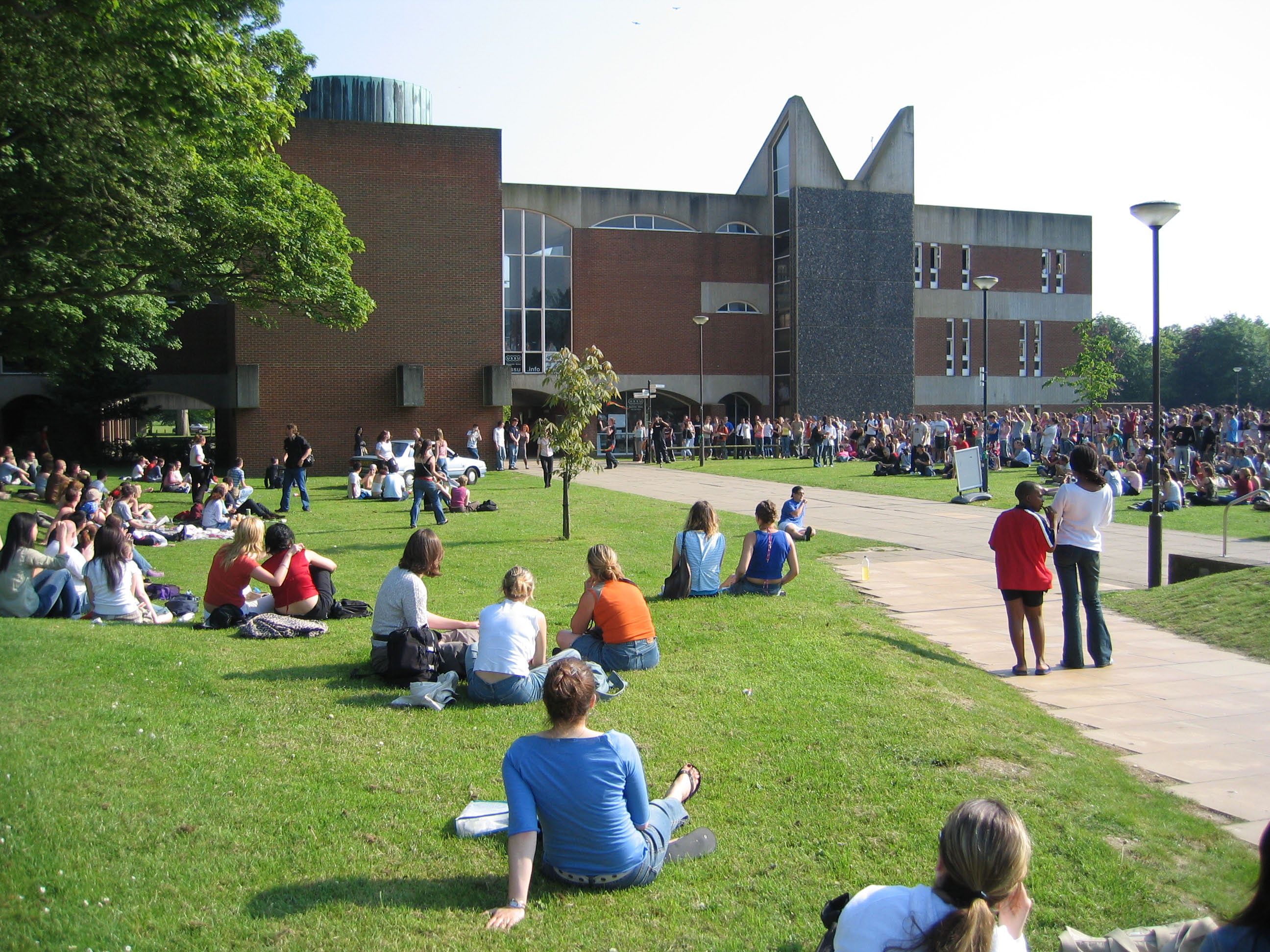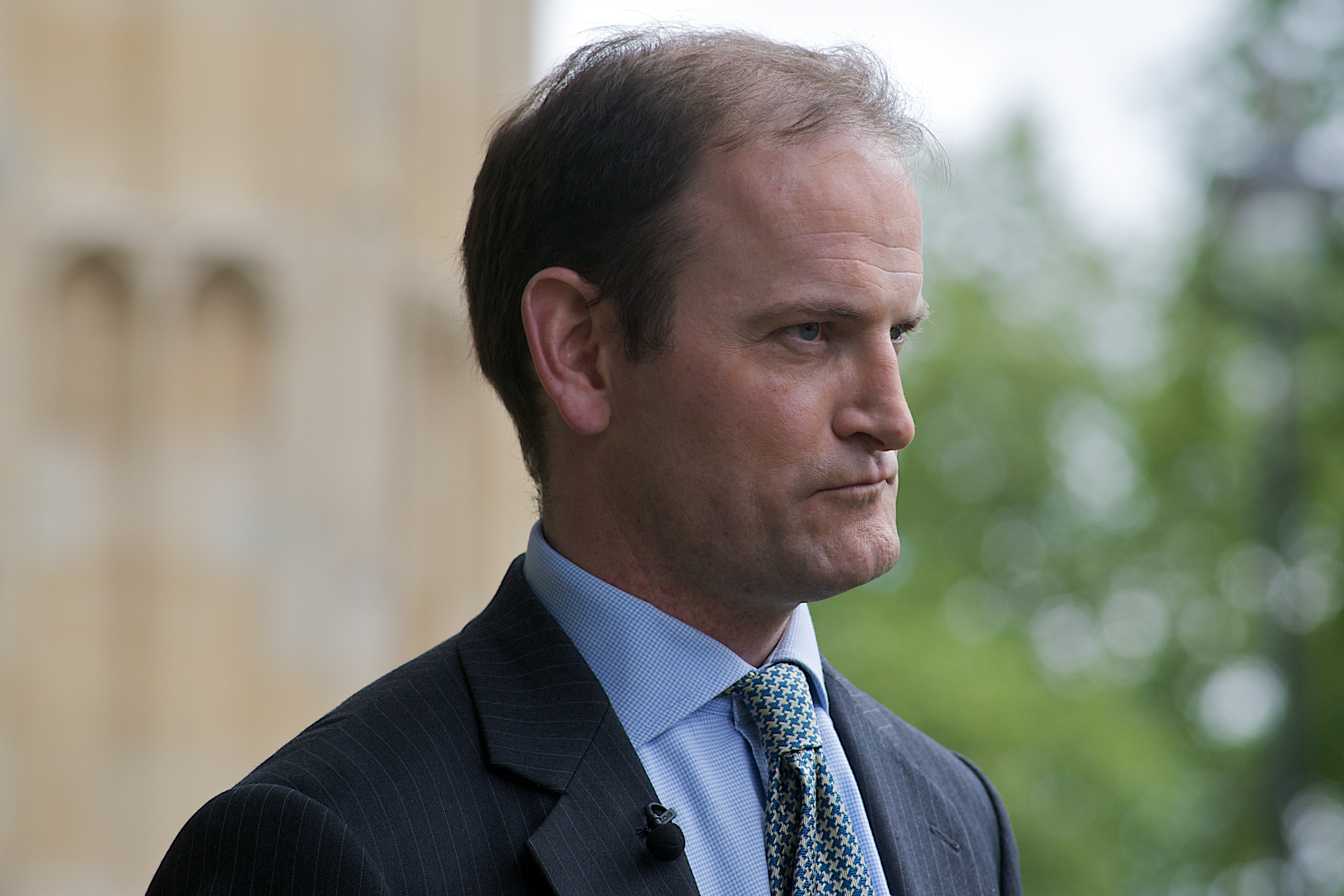We hear a lot about Sussex faculty research in the news – over the summer the story broke that Sussex scientists had developed a protein which gives new hope for understanding Alzheimer’s – but what research are MA and PhD students working on? Science and Technology Editors Duncan Michie and Kate Dearling find out…
NASA technology to improve treatment of TB
Daire Cantillon is developing an in vitro model of TB biofilms – by adapting NASA technology. Literally using rocket science to treat infectious diseases: now that’s thinking outside the box!
His research aims to find new ways of treating TB which would be more effective than the current method, which relies on long antibiotic courses lasting up to 6 months. Such long courses can have negative effects on the patient, both physically and emotionally.
Daire also says his model can be used by other scientists to further their own research on TB. In fact, in November he will be using his technology to do some collaborative work at the Universidade Federal de Santa Catarina, Brazil. The hope is that the team will be able to screen new antibiotics extracted from tropical plants in Brazil to treat TB.
Daire is in the third year of his PhD at the Brighton and Sussex Medical School. Before that, he was at UCC in Ireland and the University of Surrey, and then spent four years in industry researching fermentations for the production of ethanol for a renewable energy company.
How the US incentivises medicine
This is perhaps the most socially-conscious and Sussex-y way possible to study pharmaceuticals: Christopher Long’s PhD researches how the US government incentivises private companies to create medicines which do not already have a market incentive.
Christopher explains that medicines which already exist but which don’t have this market incentive include antibiotics, medicines to counteract bio-terrorism chemicals, and cures for diseases which affect great numbers of people but don’t attract enough money, such as TB.
He hopes that governments will be able to use his research to learn how best to incentivise these types of medicine in the future.
Currently, this is how the US attempts to incentives these sorts of medicine: the government offers a contract for which two or three companies then compete, providing a proposal of how they would carry out the contract. The winner receives help from the state, whether that be technological or financial or both. According to Christopher, the current problem is simple: big pharmaceutical companies aren’t interested in these particular contracts because the amount of money they stand to make is rather low compared to other medicines.
Christopher’s research is being funded by the European Research Council.
Neuroscience and epigenetics
Gabriela Chavez is a Neuroscience MA sudent interested primarily in epigenetics, the idea that genes aren’t fixed and different factors change their levels of expression.
Gabriela is currently monitoring levels of nitric oxide synthase (an enzyme that forms nitric oxide) and nos3as (an unusual RNA which doesn’t code for a protein) in the brains of mice throughout their embryonic development.
She is undertaking this project together with Dr. Sergi Kornkeev and they have come across some interesting findings. They discovered that levels of mos3as (which regulates levels of nitric acid) remain low in the mouse brain for the first 15 and a half days of development but then increase dramatically after birth.
Gabriela explains that this suggests an event may be occurring in neurodevelopment at that exact point in embryonic development which requires nitric oxide to be regulated carefully. She and Sergi propose the development of neural tissue or synapses.
Why is this important? Well, nitric acid in the brain can be toxic and there are a number of disorders where abnormal regulation of nitric oxide causes symptoms. In future, these disorders could be treated by ‘hijacking’ the body’s natural method of regulating nitric oxide.
Additionally, nitric oxide levels behaving abnormally during neural development may be the underlying cause of disorders such as autism and schizophrenia so this research could provide future insight into how those disorders occur.
How the deaf community in Brighton and Hove interacts with the city, and how policy should change
John Walker is researching how the deaf community – to which he belongs – exists within a city.
Although he is a PhD student within the Geography department, he is also working as a Teaching Fellow at the Sussex Centre for Language Studies and is the convener of an elective course in British Sign Language and Deaf Culture.
John is working with members of the deaf community in Brighton and Hove to gather data on ‘places, routes, interactions, sites of myth, attractions/repulsions, zones of economic status and locations of social and cultural capitals.’
He will then use this data to produce soft-GIS maps (maps which combine ‘soft’ subjective data with ‘hard’ geographic data). These will show ways in which this minority community identifies with the city and how it harbours its social and cultural assets.
John explains that the deaf community’s language, spaces and habits are continually under threat from institutions, educational practices and the wider community. For example, most public services are mainstreamed so they require deaf people to use interpreters to access them, whilst ignoring the assets of the deaf community and other minority communities.
John hopes that his research could be applied to public sector policy so that public services engage with the deaf community more effectively and enhance the provisions in place for people with hearing impairments.
Understanding brain diseases
Maya Bajracharya is investigating random point mutations on the AMPA receptor (which allows signals to be relayed between nerve cells in the brain) and their effect on the ion transfer.
Maya is doing this as a third year Biology undergraduate thanks to the Sussex Undergraduate Research Associate scheme which aims to encourage first generation scholars to have a taste of what postgraduate research careers are like, paving the way for our next generation of scientists.
Since AMPA receptors facilitate the transmission of signals between nerve cells in the brain, mutations in these receptors can sometime lead to incorrect brain function.
However, the more common impact of AMPA receipt mutations, known as polymorphisms, is unknown.
Maya’s findings will contribute to a library of findings in the AMPA receptor.
Maya’s aim for this research is to better understand the impact of mutations and polymorphisms in AMPA receptors, which could lead to massive breakthroughs in terms of treating and possibly curing brain diseases, including schizophrenia.




